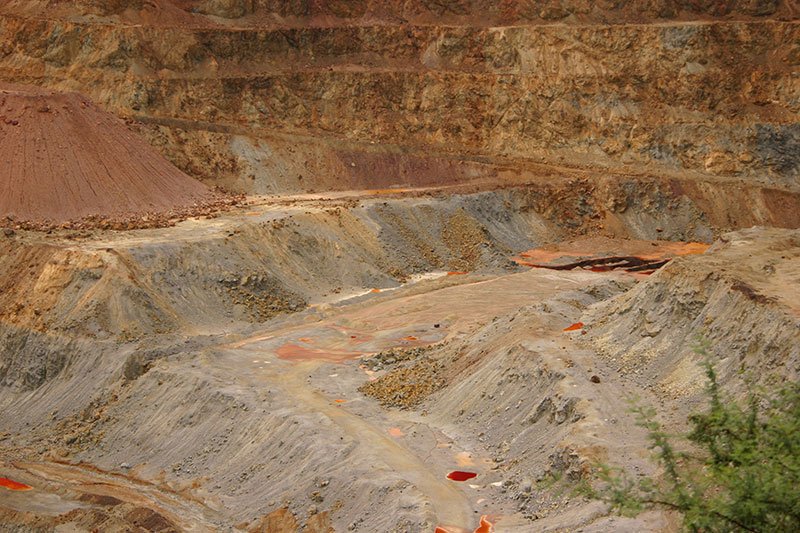
What are the learnings from the Hazelwood mine fire?
In early February a fire took hold of the Hazelwood coal mine and burned for 45 days.
Well into the event, vulnerable residents in Morwell and Latrobe Valley were advised to relocate until air quality improved. Was it too little too late? What else could the Council have done? How would your council cope in similar circumstances?
Local governments have responsibility to demonstrate leadership in the community, and there is no time when this is needed more, than during a crisis.
According to the report from an independent inquiry into the fire ‘the Latrobe Valley community expressed that they felt confused, anxious, disaffected and angry by a lack of information about the mine fire’. The report indicates that they also ‘expressed frustration with the conflicting nature of the advice provided, and the delay in providing advice that was accessible, relevant and meaningful to them.’
This blog is not about pointing the finger. It’s about identifying what local governments can learn from the Hazelwood mine fire and apply to their own incident response procedures.
Despite there being two reference documents for local governments for crisis management – the Emergency Management Act and the Municipal Association of Victoria’s ‘The role of local government in emergency management’ – both fail to recognise and outline the imperative role that local government has in leadership and communication during a crisis.
The inquiry made recommendations for the State to review and revise its communication strategy to ensure all emergency response agencies have access to the capabilities and resources needed for effective and rapid public communications during an emergency and to develop a community engagement model for emergency management.
Unfortunately, the recommendations read like a script from Groundhog Day. Similar recommendations have been written in previous reports from other natural disasters, over and over.
But just like the movie, if local governments recognise the lessons that can be learnt from the Hazelwood mine fire, they just might be key to preventing the same mistakes in the future. Here are some:
- Run some scenarios with your Council and senior management team and see how you would respond. If you want some scenarios let me know and I will send you some.
- Run a simulation exercise with your Council and senior management team to see how you would respond under pressure, not about an emergency but a major crisis impacting Council without involving emergency services.
- Develop a crisis communication plan or if you have one send it to us and we will do an evaluation for you (no charge – limited to the first five).
- Develop a network of community special points of contact (community leaders) who you can train to assist in communicating with the community during an emergency. This can be on a street or neighbourhood level or by special interest groups. Establish how you will communicate with them during a crisis. Test out the system.
- Look at crisis communication software that could assist you during a crisis (this is not Crisisworks but specialist programs.)
So, as we approach the fire season again, and if the situation were to repeat itself, would the State agencies be able to improve their performance? Maybe, but maybe not. The question is not really as relevant as this one. How can local governments take a greater leadership role during the next emergency or crisis that impacts its municipality?
While the State agencies have work to do, local governments have a moral responsibility to better prepare for a greater leadership and communication role during the next event, just in case the State haven’t got their act together.

